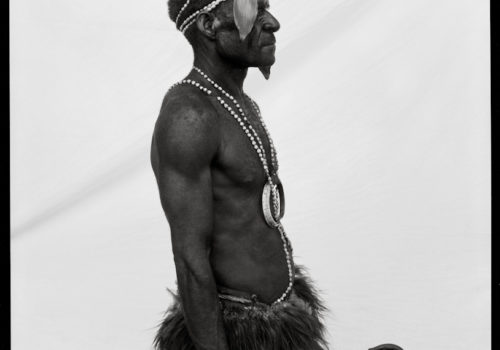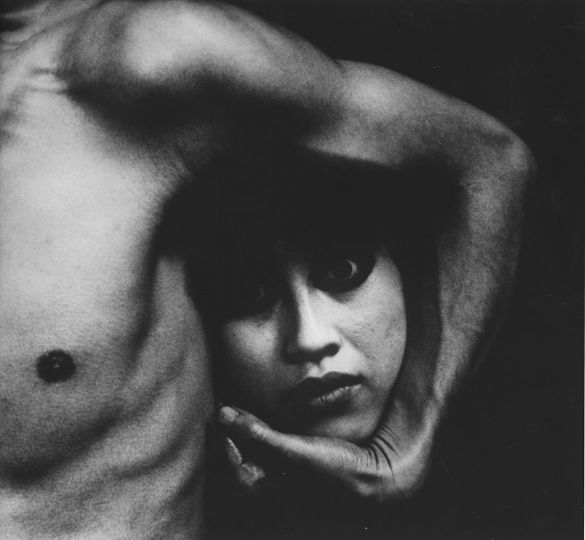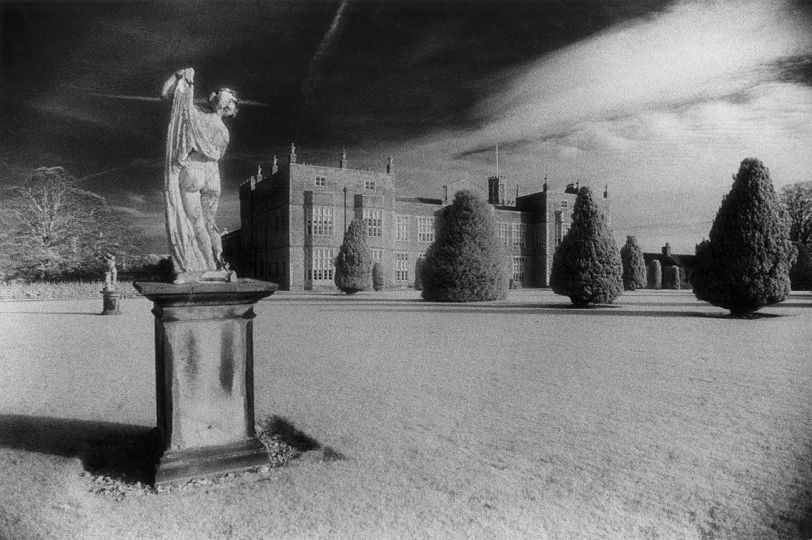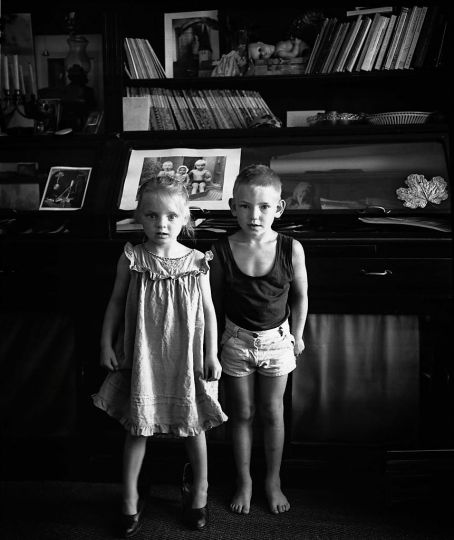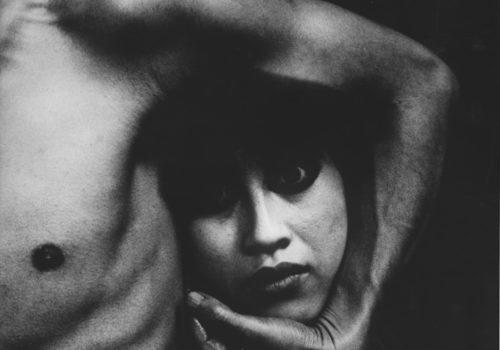It is estimated that ancient inhabitants first migrated from Africa by way of Southeast Asia to Papua New Guinea (PNG) between 50,000-70,000 years. Around 7000 BC, agriculture developed in the highlands, making it one of the few areas in the world where people independently domesticated plants, and by 3000 BC, merchants from Southeast Asia began to trade plumes of bird of paradise native to the island.
Sharing an island with Indonesia, PNG rests just miles from Australia. Home to 6.3 million people, PNG is considered one of the most culturally diverse countries in the world with 848 different languages listed for the country, of which 12 have no known living speakers. PNG is also one of the most rural counties, with only 18% of its population living in urban centers. Although the nation has the sixth fastest-growing economy in the world, as of 2011, at least one third of the population lives on less than $1.25USD per day.
PNG is one of the world’s least explored countries, both geographically and culturally, making the work of Stephen Dupont even more salient and prescient in ways we cannot yet fully comprehend. His newest book, Piksa Niugini Portraits and Diaries (Radius Books/Peabody Museum Press) is a two-volume slipcased set that documents PNG’s most important cultural and historical zones: the Highlands, Sepik, Bougainville, and the capital city of Port Moresby.
PNG is one of the world’s last frontiers, and Dupont’s photographs reveal a people and a place that is on the brink of detribalization. As Dupont notes, “I love this country. I didn’t think I ever would, but something here gets into your blood…. The Gardener Fellowship handed me the opportunity to take my camera, diaries, and sketchbooks into some very wild and remote places—a chance to do what I do best, be a nomad, a storyteller, and capture the beauty, mystery, and the trauma of this strange and epic land.”
Indeed, epic is the perfect word to describe the world Dupont depicts, a world that dissolves at our fingertips. With each turn of the page we venture further inside a place that is unknown from the outside. These two volumes read as a visual poem of great depth and breadth, a poem of an ancient tradition that is spoken in languages entirely too original as to be understood upon a cursory glance. Each of Dupont’s photographs requires inner stillness and silence of the mind to absorb the brilliance of a nation that has maintained a distinct identity over millennia.
The portraits, collected in a single volume, give us a look at the finished work as a cohesive whole, but it is the diaries that give us an understanding and a feeling for Dupont’s travels. We see his Moleskine notebook scanned with handwritten notes, his full contact sheets, newspaper stories, snapshots, aerial views, landscapes, all of which provide a larger context for the space the portraits occupy in the larger frame. Dupont’s typewritten journals, which appear at the end of the book, give us a means by which to situate his work. Too often we only see the finished work, never knowing the means which the photographer had to achieve his goals. Dupont’s journals change this, and give us a greater understanding to the commitment he brings to documenting PNG.
As he explains, “I’m no anthropologist or historian; my intentions are more personal, artistic, even experimental. Through my photography and in these books I hope to capture a passing footprint of society here, to highlight detribalization and the cultural changes taking place in Papua New Guinea in 2011. It’s not just art. It’s a piece of history—photographs, observations, notes, drawings, and reflections that offer an alternative window into on one of the most intriguing and inspiring places I have ever experienced.”
http://radiusbooks.org/6755/stephen-dupont-piksa-niugini-portraits-and-diaries/
http://missrosen.wordpress.com

